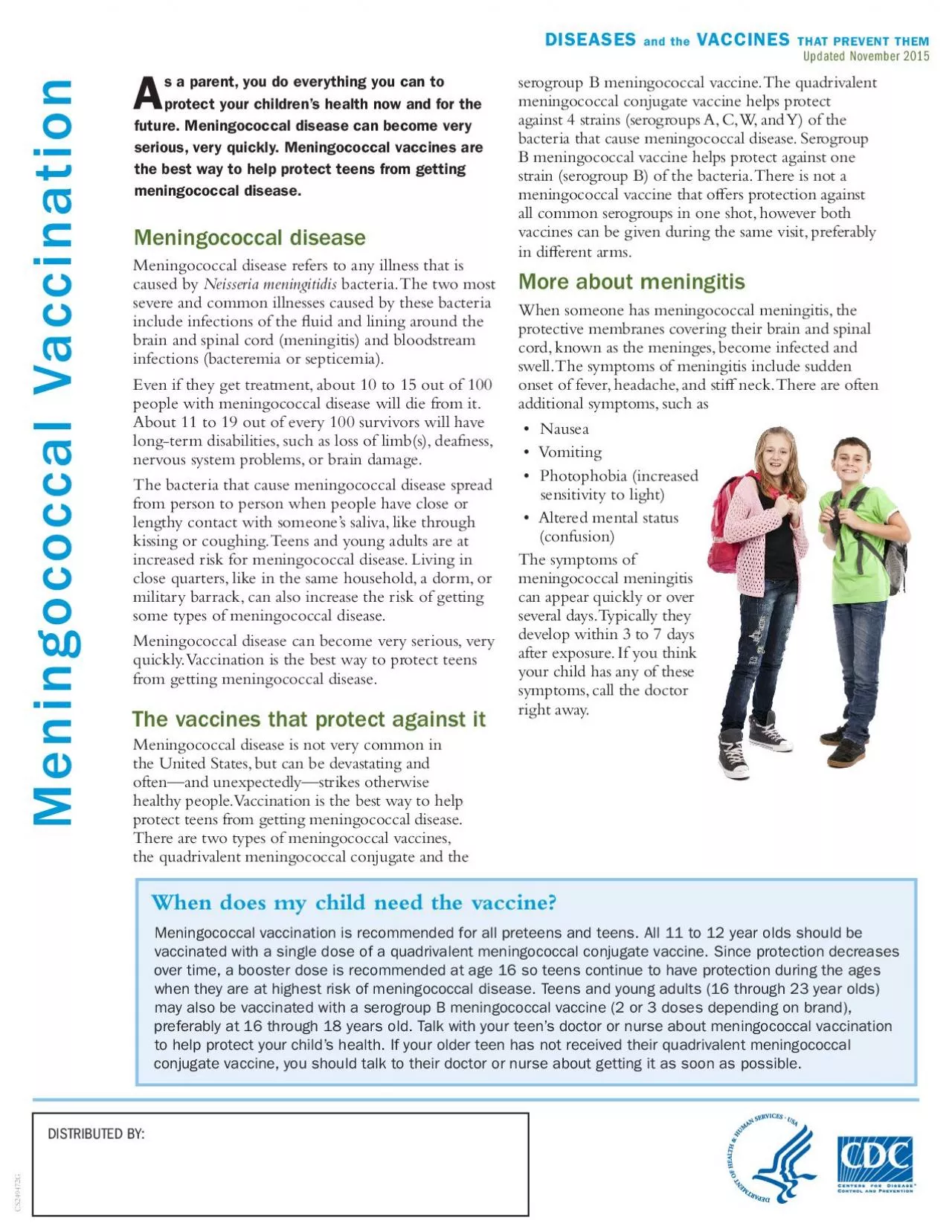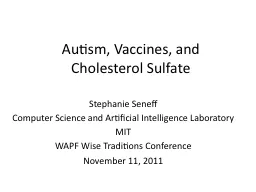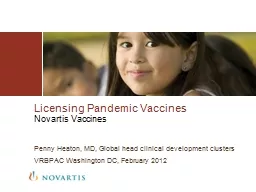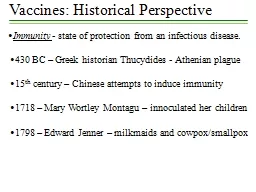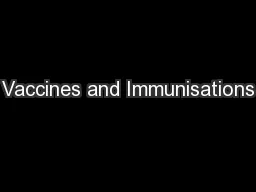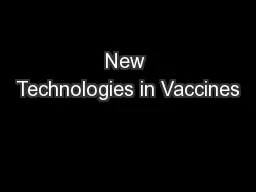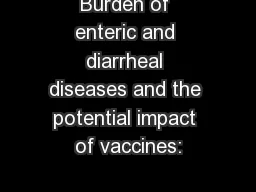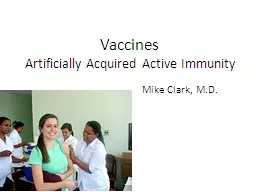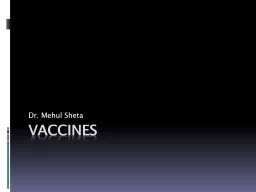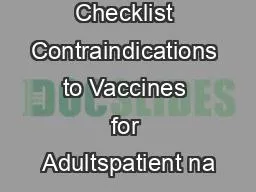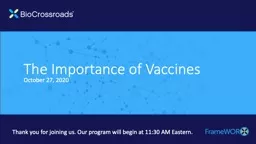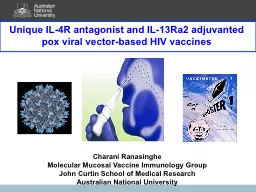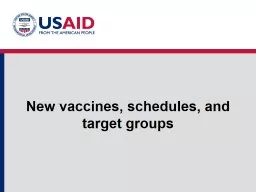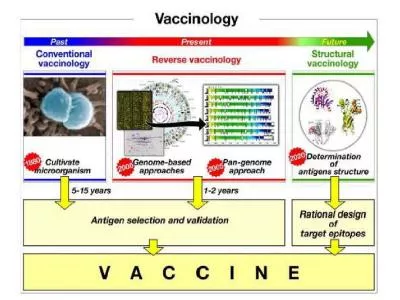PDF-VACCINES THAT PREVENT THEM
Author : naomi | Published Date : 2022-08-31
Meningococcal Vaccination31 s a parent you do everything you can to protect your children146s health now and for the future Meningococcal disease can become very
Presentation Embed Code
Download Presentation
Download Presentation The PPT/PDF document "VACCINES THAT PREVENT THEM" is the property of its rightful owner. Permission is granted to download and print the materials on this website for personal, non-commercial use only, and to display it on your personal computer provided you do not modify the materials and that you retain all copyright notices contained in the materials. By downloading content from our website, you accept the terms of this agreement.
VACCINES THAT PREVENT THEM: Transcript
Download Rules Of Document
"VACCINES THAT PREVENT THEM"The content belongs to its owner. You may download and print it for personal use, without modification, and keep all copyright notices. By downloading, you agree to these terms.
Related Documents

